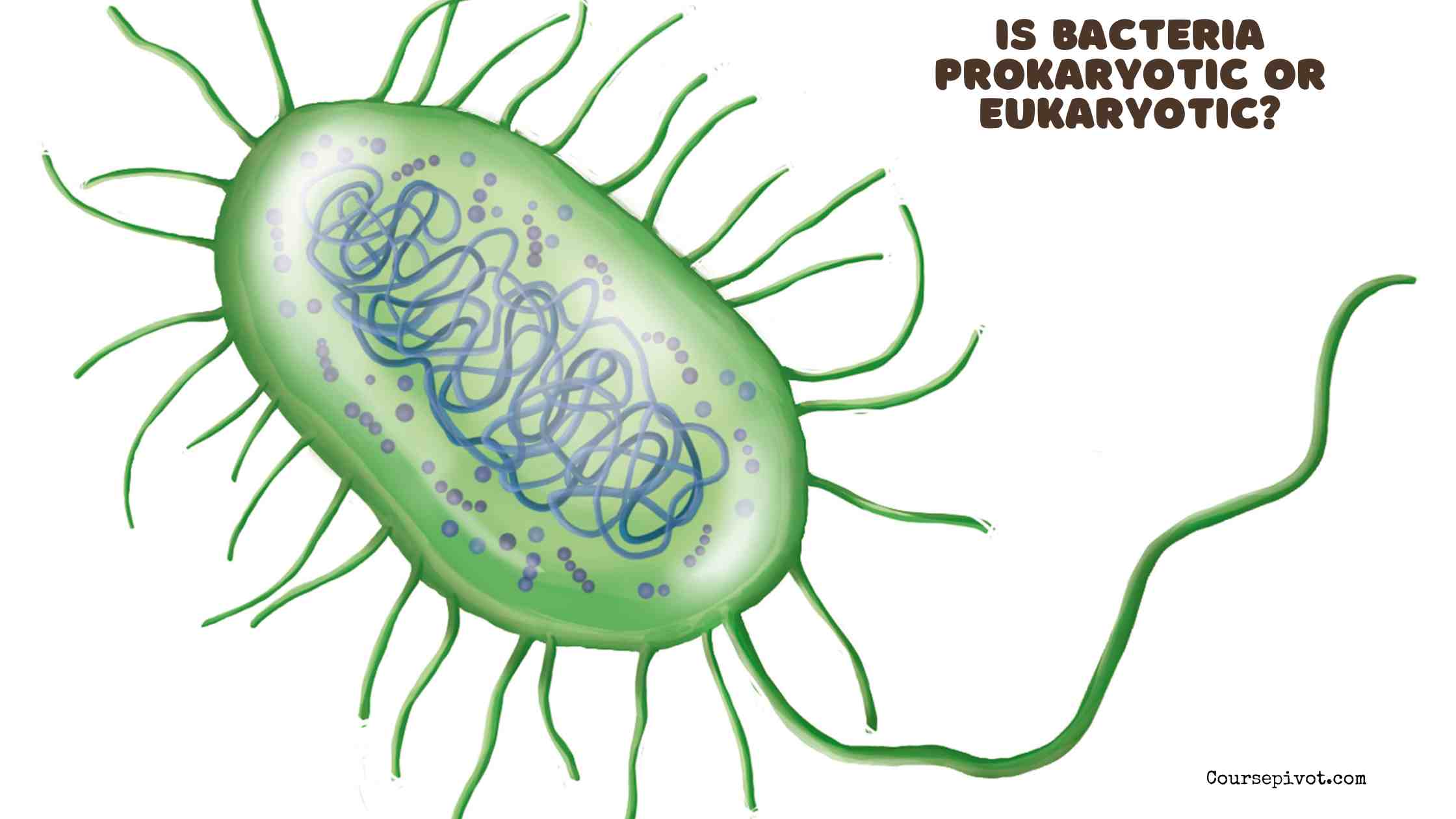
Is Bacteria Prokaryotic or Eukaryotic?
Bacteria are prokaryotic organisms, meaning they lack a true nucleus and membrane-bound organelles, distinguishing them from eukaryotic organisms like plants, animals, and fungi. This fundamental classification shapes how bacteria function, reproduce, and interact with their environment. Understanding whether bacteria are prokaryotic or eukaryotic is key for fields like microbiology, medicine, and biology education. This blog explores five key aspects of bacteria’s prokaryotic nature, with examples, scientific insights, and practical takeaways, empowering you to grasp this essential biological concept.
Table of Contents
Defining Prokaryotic vs. Eukaryotic Cells
Prokaryotic cells, like bacteria, are simple, single-celled organisms without a defined nucleus or membrane-bound organelles (e.g., mitochondria, endoplasmic reticulum). Their genetic material, a single circular DNA molecule, floats freely in the cytoplasm. Bacteria are built for efficiency. For example, Escherichia coli (E. coli) thrives in the gut with this streamlined structure.
Eukaryotic cells, found in plants, animals, and fungi, have a true nucleus housing DNA and organelles that compartmentalize functions like energy production. A human cell, with its nucleus and mitochondria, is eukaryotic. This distinction means bacteria (prokaryotes) are structurally simpler but highly adaptable, often reproducing faster than eukaryotes.
Structural Features of Bacterial Prokaryotes
Bacteria’s prokaryotic nature is defined by specific structural traits. Simplicity drives their survival. Key features include:
- No Nucleus: DNA is in a nucleoid region, not enclosed, allowing rapid gene expression.
- No Organelles: Functions like respiration occur on the cell membrane, unlike eukaryotes’ specialized organelles.
- Cell Wall: Most bacteria (e.g., Staphylococcus aureus) have a peptidoglycan wall, absent in eukaryotes except plants (cellulose-based).
- Small Size: Bacteria are 1–10 micrometers, much smaller than eukaryotic cells (10–100 micrometers).
For instance, Lactobacillus in yogurt uses its simple structure to ferment sugars efficiently, unlike complex eukaryotic yeast cells.
Functional Differences in Reproduction and Metabolism
Prokaryotic bacteria reproduce and metabolize differently due to their structure. Speed and adaptability are key. Bacteria divide via binary fission, splitting into two identical cells, often in minutes (e.g., E. coli divides every 20 minutes under ideal conditions). Eukaryotes use mitosis, a slower process requiring nuclear division. Key points:
- Rapid Reproduction: Bacteria’s lack of a nucleus simplifies cell division, enabling quick population growth.
- Diverse Metabolism: Bacteria can thrive in extreme environments (e.g., Thermus aquaticus in hot springs) without organelles, unlike eukaryotes.
- Gene Transfer: Bacteria exchange DNA via horizontal gene transfer (e.g., plasmids), unlike eukaryotes’ sexual reproduction.
A hospital-acquired MRSA infection spreads fast due to this prokaryotic trait, requiring rapid medical response.
Evolutionary and Ecological Significance
Bacteria’s prokaryotic nature underscores their ancient origins and ecological roles. They’re Earth’s oldest life forms. Prokaryotes, including bacteria and archaea, evolved over 3.5 billion years ago, predating eukaryotes by billions of years. Their simplicity allows:
- Environmental Adaptability: Bacteria like Deinococcus radiodurans survive radiation due to efficient DNA repair.
- Ecological Roles: Nitrogen-fixing bacteria (e.g., Rhizobium) support plant growth, unlike eukaryotes’ limited roles.
- Symbiosis: Mitochondria in eukaryotic cells likely evolved from ancient bacteria, showing prokaryotic influence.
For example, soil bacteria enrich ecosystems, a role eukaryotes like plants depend on but can’t replicate.
Practical Applications in Medicine and Research
Understanding bacteria as prokaryotes drives advancements in health and science. Their structure informs solutions. Key applications:
- Antibiotics: Drugs like penicillin target bacterial cell walls, ineffective against eukaryotic cells.
- Biotechnology: Prokaryotic E. coli is used to produce insulin due to its simple genetics.
- Disease Control: Recognizing bacteria’s rapid reproduction helps manage infections like Salmonella.
A researcher engineering bacteria for vaccine production leverages their prokaryotic simplicity, speeding up development compared to eukaryotic systems.
Practical Tips for Learning and Applying This Knowledge
Here’s how to deepen your understanding of bacteria’s prokaryotic nature:
- Study Cell Models: Use diagrams to compare prokaryotic (bacteria) and eukaryotic (human) cells for clarity.
- Explore Microbiology: Read books like Microbiology: An Introduction for accessible insights.
- Conduct Experiments: Try simple bacterial growth kits (e.g., petri dish cultures) to observe prokaryotic traits.
- Stay Informed: Follow science platforms on X for updates on bacterial research.
- Apply to Health: Learn about antibiotics to understand their targeting of prokaryotes.
These steps enhance comprehension. A student who visualized cell structures improved their biology grades by 20%.
Why This Distinction Matters
Knowing bacteria are prokaryotic clarifies their role in ecosystems, medicine, and evolution. It explains why antibiotics don’t affect human cells (eukaryotic) and why bacteria adapt quickly to environments. This understanding is critical, as bacteria cause 30% of infectious diseases but also drive innovations like biotech.
Key Takeaways
Bacteria are prokaryotic, lacking a nucleus and organelles, unlike eukaryotic plants and animals, enabling rapid reproduction and adaptability, as seen in E. coli’s fast division. Their simple structure shapes medicine, ecology, and research. Dr. Alan Chen, a microbiologist, emphasizes that recognizing bacteria’s prokaryotic nature unlocks insights into their resilience and utility, advancing science and health.
Cite this article
You can copy and paste your preferred citation format below.
Martin, L. & Arquette, E.. (2025, September 16). Is Bacteria Prokaryotic or Eukaryotic?. Coursepivot.com. https://coursepivot.com/blog/is-bacteria-prokaryotic-or-eukaryotic/


